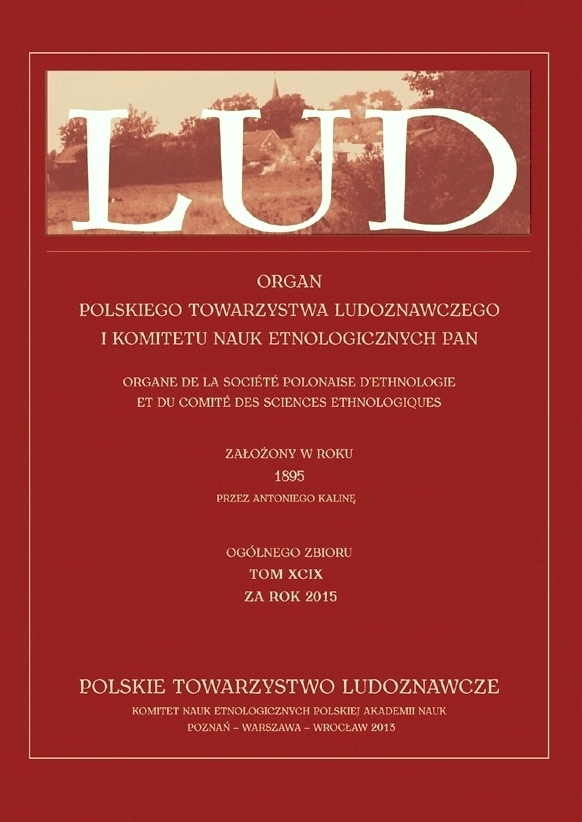IKONY ZOGRAFSKIE I KLASZTORY FRUŠKIEJ GORY A SERBSKIE IMAGINARIUM NARODOWE
ICONS BY ZOGRAF PAINTERS, MONASTERIES ON FRUŠKA GORA AND SERBIAN NATIONAL IMAGINARY
Author(s): Ewa KlekotSubject(s): Christian Theology and Religion, Museology & Heritage Studies, Geography, Regional studies, Cultural Anthropology / Ethnology, Eastern Orthodoxy, Identity of Collectives
Published by: Polskie Towarzystwo Ludoznawcze
Keywords: icons; heritage; identity; Orthodox Christianity; Serbia; Vojvodina;
Summary/Abstract: Late in the twentieth century anthropological research on heritage, which in earlier years had focused on objects (historic monuments) and space (lieux de mémoire), started changing its perspective, concentrating mainly on heritagisation, understood as a process, and on social actors (states, associations, individuals) involved. The research presented in the article is part of this current; it is aimed at grasping characteristics of heritagisation of things related to religious cults in the Serbian Orthodox Church. In the article, I focus on a particular group of historic objects defined both in Serbian expert discourse of art history and by museum practices as ‘zograf icons’. I present the process of grounding their meanings constructed in heritagisation in Serbian national imaginarium. Heritagisation practices such as musealisation of icons and their conservation form the starting point for reflection on their religious setting, as well as the relationships between two sets of practices focused on them, and subsequently two value sets in which they are called ‘heritage’. Because of their specific geographic provenance, some questions of heritagisation of churches and monasteries on Fruška Gora in Serbian Vojvodina have also been discussed.
Journal: LUD
- Issue Year: 99/2015
- Issue No: 1
- Page Range: 139-159
- Page Count: 21
- Language: Polish

